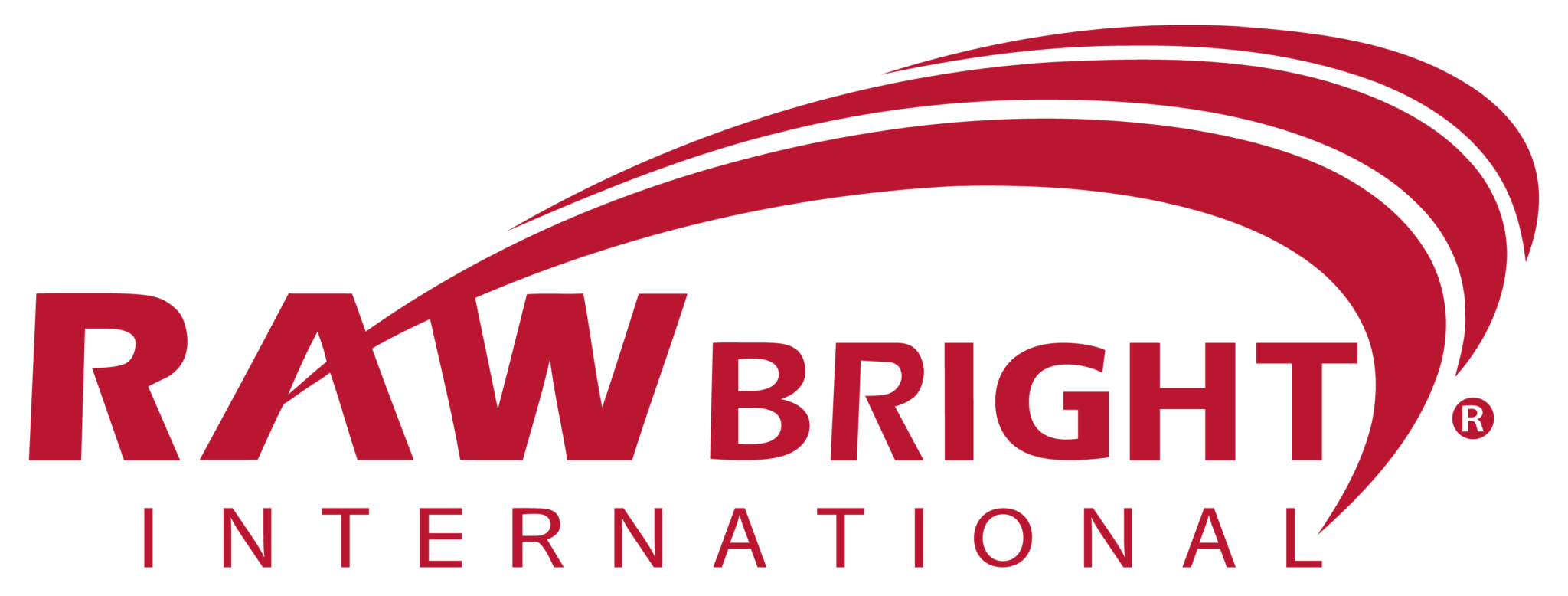
Grains & Grain Products
Grain and grain co-products products provide excellent sources of energy, and can be used for a large range of species. We offer ingredients milled not only from wheat, but from corn, barley and sorghum.
Wheat
Barley
Barley is a palatable cereal grain with slightly more crude protein and fiber than corn. It is available as a whole grain ingredient.
Corn
Sorghum
Sorghum (milo) is a cereal grain primarily used to provide energy and protein, and is used in a similar fashion to corn in livestock diets. Sorghum is available as a whole grain or as a milled hominy feed product.
Our grains come in a host of grain products, meals and feed.
Oilseed-Based Macro Ingredients
Rawbright processes a wide variety of oilseeds into high-protein meals, refined oils and nutrient-dense ingredients. Our oilseeds include soybean, cotton, sunflower, canola/rapeseed and flax, and we select only the top-grade products for processing.
Soybeans
Soybeans are widely available, highly palatable, and rich in essential amino acids and protein. They are available as soy hulls or in meal (flake) form. After the hulls are removed, soybeans are processed through oil solvent extraction.
Sunflower
Sunflower meal offers a palatable source of fiber and protein, aiding in the formulation of effective cattle feed. Sunflower’s nutrient profile complements that of soybean, creating a very effective and desirable combination.
Canola/Rapeseed
An excellent source of vitamins, minerals and amino acids, canola/rapeseed has gained widespread acceptance as a quality protein source. Canola/rapeseed is available in meal form, with a nutrient profile that complements a host of other ingredients in livestock feed.
Linseed
Obtained from the grinding of flaxseed, linseed is one of the oldest feed ingredients on the market. It complements other ingredients in feed and is valued for its ability to produce sheen in the coats of animals that consume it.
Cottonseed
Available in multiple formats –meal, hull and whole—cottonseed is an excellent protein source. Cottonseed meal complements a variety of other plant and animal proteins, while cottonseed hulls are an effective fiber source and are available in loose or pelleted forms. Whole cottonseeds are a unique combination of slow-release energy, protein and fiber, helping to maintain good digestive function and performance.
Palm Kernel Expeller
PKE (Palm Kernel Expeller) is a source of fiber, protein and oil. It’s used mainly in the dairy feed but can be used as gap filler in most animal diets due the balance composure.
Our range of oilseeds are processed to produce a variety of different end products.
Oils/Energy Products
Using our portfolio of oilseeds and oil processing, Rawbright produces several types of vegetable oil products for use in feed formulations. The products are offered as vegetable oils, such as corn, soybean, flax and canola, or as a vegetable oil refinery lipid. Vegetable oils (primarily corn and soybean) are used to add energy and contain a high amount of essential fatty acids. Refinery lipid consists primarily of the salts of fatty acids, glycerides and phosphatides from vegetable oil refining. A readily available source of energy for livestock, it functions similarly to vegetable oil in animal diets
Peas
Peas (Pisum Sativum L.) are a highly valuable protein source for animal nutrition ranging between 20-24% on a dry matter basis. Peas are high in starch (48-54% on a dry matter basis) and low in fibre (8% on a dry matter basis). Anti-nutritional factors include trypsin inhibitors, tannins and lectins. Many forms of processing including toasting, flaking, extrusion and pelleting have been found to improve the nutritional value and digestibility of peas.
Lupins
The Blue or Sweet Lupin (Angustiflous L.) is an alkaloid-free variant of lupin cultivated in Australia, the largest producer of blue lupins. The Lupin seed is a high source in protein (32-40% on a dry matter basis) and largely free of anti-nutritional factors. Lupins are popular in dairy cattle and swine production.
Sugar Beet Pulp
Sugar beet pulp pellets (SBPP) are a co-product of the sugar production from sugar beets. The pectin, hemicellulose, and cellulose they contain are highly digestible for ruminants. Compared to cereal-based feed, the long-chain carbohydrates of SBPP are catabolized slowly and continuously, which can help reduce problems with ruminal fermentation and acidosis. Because of their palatability and high energy content, pellets are a popular component in compound feed or direct feed for ruminants, pigs and horses.
Field Beans
The Field Bean (Vicia Faba L.) is an ideal protein source (24-28% on a dry matter basis) with good starch (42-46% on a dry matter basis) content. The bean is high in lysin and low in methionine, cysteine and low fibre levels. The bean can contain tannins that may reduce digestibility. The tannins are found mostly in the hull and can be removed through dehulling. The bean is usually rolled, ground or micronized flaked to improve starch digestibility.
